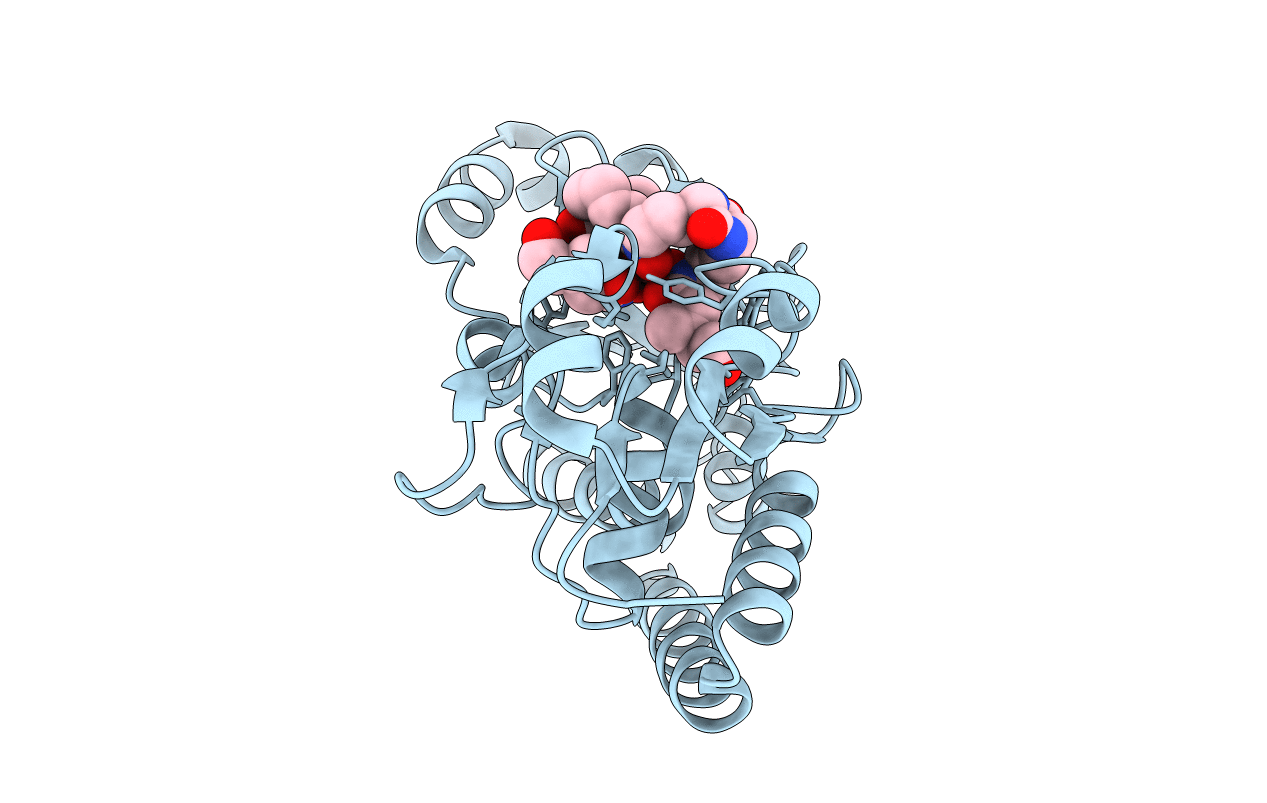
Deposition Date
2000-04-11
Release Date
2002-04-17
Last Version Date
2024-02-07
Entry Detail
PDB ID:
1ESZ
Keywords:
Title:
STRUCTURE OF THE PERIPLASMIC FERRIC SIDEROPHORE BINDING PROTEIN FHUD COMPLEXED WITH COPROGEN
Biological Source:
Source Organism:
Escherichia coli (Taxon ID: 562)
Host Organism:
Method Details:
Experimental Method:
Resolution:
2.00 Å
R-Value Free:
0.24
R-Value Work:
0.21
Space Group:
P 63


